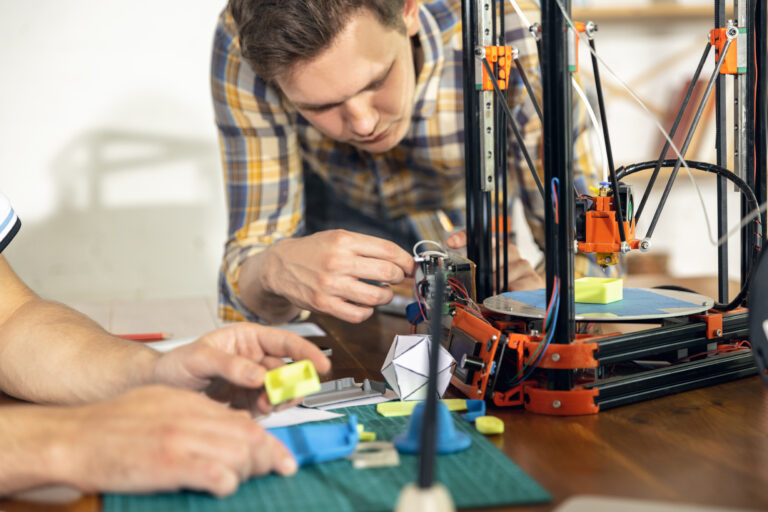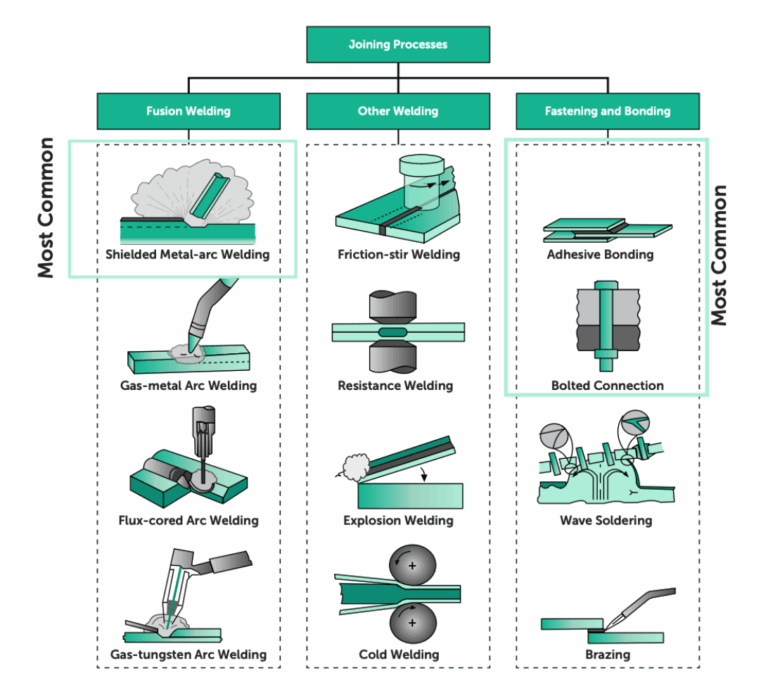Time to read: 5 min
Nickel plating dates back several centuries and has been used for a variety of purposes over that period. There are two types of nickel plating, electroless and electrolytic. Electrolytic nickel plating or nickel electroplating is an electrochemical process whereby metal is deposited on a surface. Electrochemical processes are fueled by a chemical reaction, along with an electric current. Alternatively, electroless nickel plating or EN is a strictly chemical process whereby nickel is deposited on the surface of a part.
In general, plating serves various purposes, including protecting metal surfaces from environmental conditions (corrosion resistance), increasing the wear resistance and hardness of a part, improving surface tensile strength, and modifying the aesthetics of a part.
When seeking appropriate plating for a CNC machined part, you’ll find that there are several nickel plating types and options to consider. Read on to learn more about electroless nickel plating vs electrolytic nickel plating, applications for both, and our best tips for specifying nickel plating for your designs.
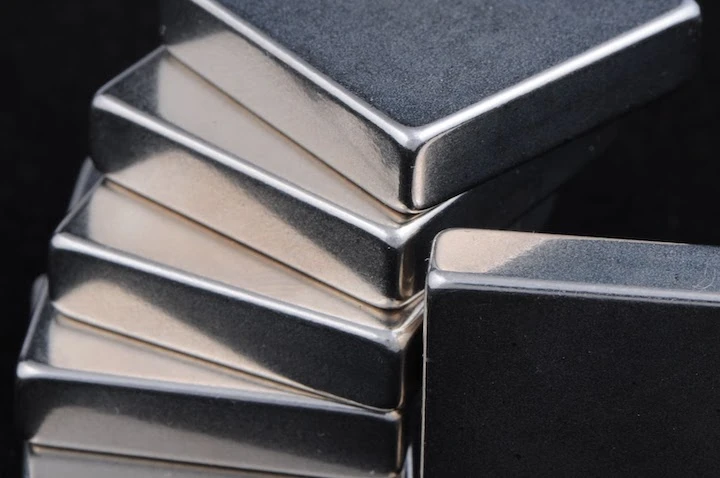
Electrolytic Nickel Plating Overview
Electrolytic nickel plating, or nickel electroplating is an electrochemical process whereby an electric current is transferred allowing the attraction and the deposition of metal ions suspended in an electrolytic solution on a surface. There’s a series of processing steps in the plating process, including:
- Cleaning parts removes smut, organic contaminants, and etches the surface of the parts. Surface contamination must be removed because if it isn’t, it negatively impacts plating adhesion and strength of the plated deposit. This cleaning may also include bead blasting prior to chemical cleaning.
- Rinsing comes after every step in the plating process to ensure all contaminants and chemical residue are completely removed from parts prior to the next step. Rinse water quality is critical to ensure you don’t deposit contaminants from the rinse water on the parts. For the best results, utilize de-ionized water.
- Testing for cleanliness comes next to ensure all surface contamination has been removed. Common surface cleanliness tests include water break-free testing or surface cleanliness verification meters.
- Immersing parts in a chemical tank with a nickel electrolytic salt positively charged nickel ion solution comes next. The parts are connected to a negative terminal of a rectifier, which powers the electrochemical process. An anode in the tank serves as the source of nickel metal and wears down to replenish nickel ions in the bath, and it’s connected to the positive terminal of the rectifier. A direct current (DC) is passed through the solution and causes the positively charged nickel ions in the solution to be attracted to the negatively charged substrate so that they are deposited onto its surface — it’s an electrochemical process because both mechanisms are needed for this deposition.
- Sometimes parts require two types of plated deposits and so they go into a second plating bath. The first layer is often called a strike or underplate and the second layer is called the top plate.
- A final rinse with a series of rinse tanks, the last of which is typically heated, comes after plating. The heated rinse tank reduces the possibility of staining on the plated parts because the water tends to shear off the surface, and leave no residue behind.
- Finally, parts may be baked in an oven or dried with forced air to ensure no water residue remains on them — alternatively, air knives on the tanks may be used to dry the parts.
Plating is a complex process, and there are many variables you must control on the plating bath — and if any one parameter falls out of the desired range, you’ll end up with less-than-desirable results. These parameters include the pH of the plating bath, the bath flow rate (to ensure all surfaces of the parts are completely immersed), the concentration of nickel ions in the electrolyte, the temperature of the bath, current density in the bath, and voltage from the rectifier.
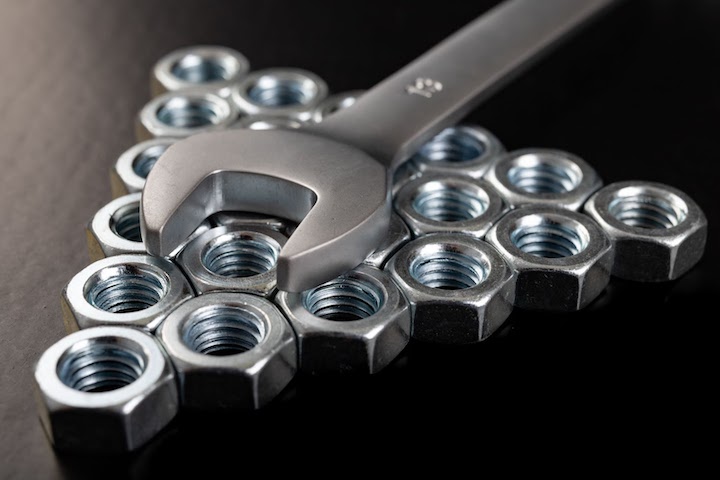
Electroless Nickel Plating Overview:
Electroless nickel plating follows the same basic procedural steps as electrolytic nickel plating, but the process is only chemical, not electrochemical. Electroless nickel plating is accomplished by a chemical reaction between a reducing agent and a metal salt to deposit a layer of nickel onto the parts — and nickel is deposited onto non-conductive and conductive materials.
Due to the lack of an electric current, electroless nickel can be deposited onto metals, plastics, and ceramics. And, because it’s not dependent on current density, the plating has a more even thickness distribution, even on geometric features where typically there would be uneven distribution of plating thickness on the part. Despite these benefits, electroless nickel plating is not as durable or wear-resistant as electrolytic nickel plating.
When to Use Electrolytic and Electroless Nickel Plating
In general, electrolytic nickel is a better choice for plating on conductive base materials that do not require high corrosion or wear resistance, but need a low-stress coating with a high sheen.
Alternatively, electroless nickel plating is a great choice when you need high corrosion resistance and wear resistance. Electroless nickel plating is also less porous which results in higher corrosion resistance.
Here are our recommendations for when to use electrolytic or electroless nickel plating:
Common applications for electroless nickel plating:
- Food and beverage
- High wear or corrosion surfaces for oil & gas
- Hazardous or caustic environments
- Aerospace
- Non-Conductive Materials
- Plastics
- Ceramics
- Glass

Electrolytic Plating Applications
- Automotive
- Decorative surfaces such as jewelry
- Aerospace
- Consumer goods
- Kitchen goods
- Lighting
- Silverware
While the above is a general guide for which type of nickel plating is best for your application, you should always consult with your plating provider — within each type of nickel plating there are many subtypes that may offer specific, desirable properties for your application.
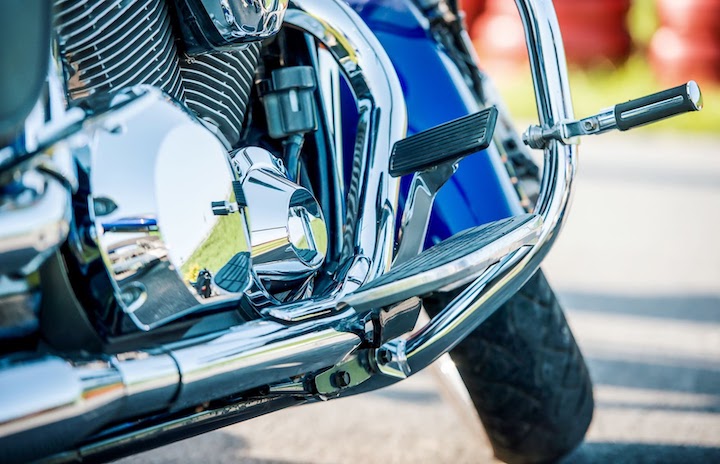
Tips for Plating Design
Plating is a complex finish and has many parameters to select when specifying plating for your part design. Here are some of our best tips to follow when specifying plating for your parts:
- Ensure your tolerances account for plating thickness buildup.
- Read the plating specifications thoroughly. There may be special considerations for plating preparation or testing that result in additional costs.
- When specifying areas for plating thickness to be measured, remember that current density has a varying impact on plating thickness, depending on the geometry of the part. For example, threads on a bolt can have more buildup than the shank.
Fictiv — Complex Parts at Ridiculous Speeds
This article introduces you to nickel plating, so you can better understand the different methods for depositing nickel on the surface of your parts.
While nickel plating adds to the complexity of a part, and simpler is generally better when it comes to design, sometimes complexity is required. Fictiv is your operating system for custom mechanical parts, and our manufacturing experts have deep knowledge of nickel plating a variety of parts and materials.
Our expertise is how we can deliver even the most complex parts 2-5X faster than your average machine shop. We have a proven track record of delivering 95.4% of orders on time and to spec, thanks to our network of highly-vetted partners, on-site quality engineers, and robust quality management system. And, you get an inspection report with every part.Fictiv lets engineers, like you, engineer. Fictiv offers a range of CNC machining capabilities and finishing (post-CNC machining) that leverage many types of CNC machines to produce both simple and incredibly complex geometries — create a free account and upload your designs today!









